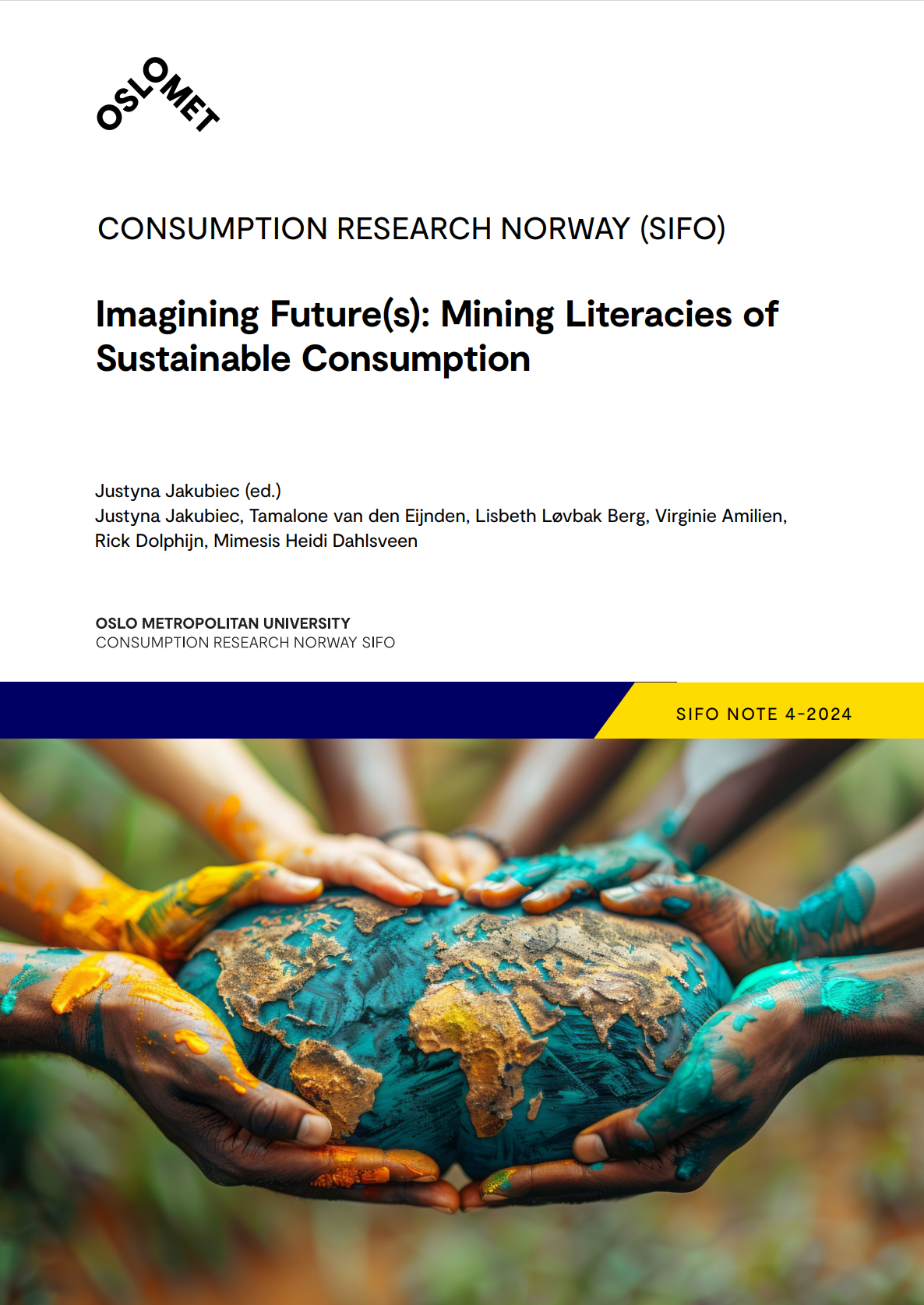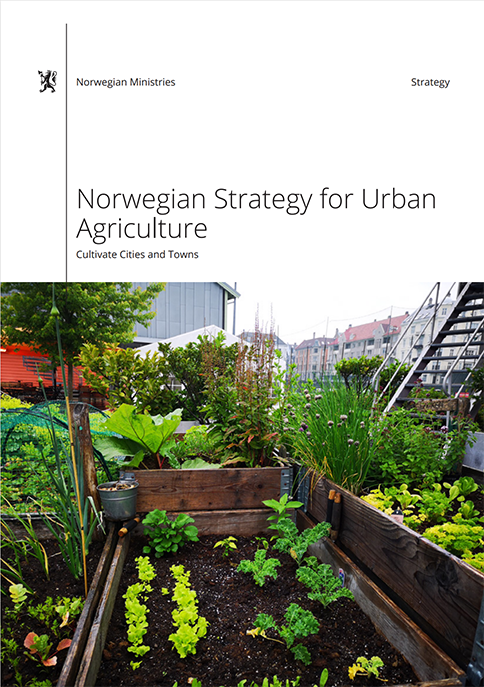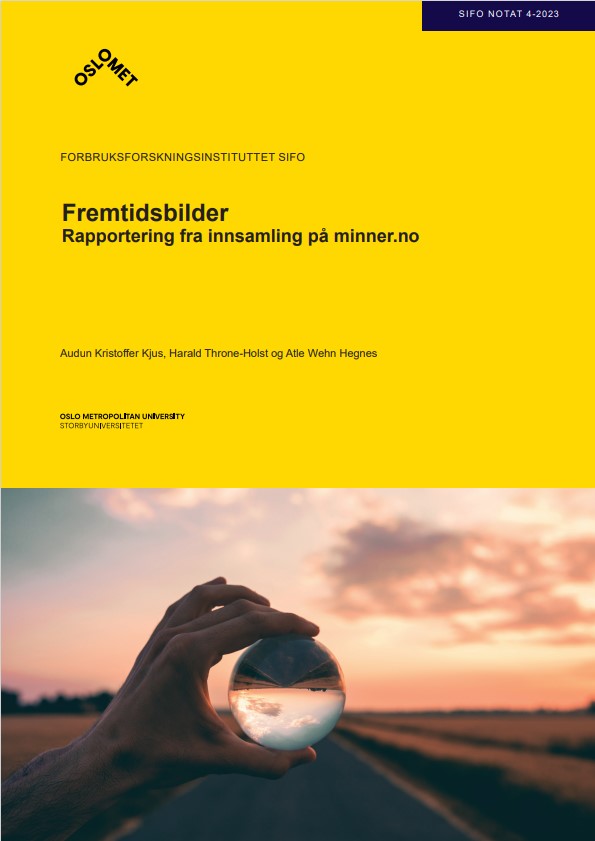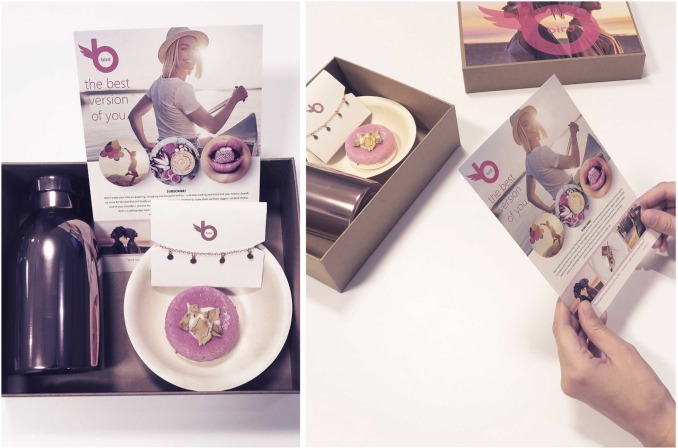What are the dominant imaginaries of a sustainable future? What do they say abou the future of eating, dressing and moving?
The IMAGINE project note “Imagining Future(s): Mining Literacies of Sustainable Consumption”, published this summer, tries to respond to these questions by examining imaginaries in popular culture, through films, novels and advertisements, and business and policy documents over the past 20 years.
Written by Justyna Jakubiec, Tamalone van den Eijnden, Lisbeth Løvbak Berg, Virginie Amilien,
Rick Dolphijn and Mimesis Heidi Dahlsveen, edited by Justyna, the note is a deliverable from Work Package 1 – “Mine”.

We asked one of the authors, and the editor of the report, Justyna Jakubiec, to tell us about it.
In short, what is this report about?
This project note highlights the question of what it means to imagine a future of sustainability and, as such, results from our research into the imaginaries of sustainable consumption. Our research results have been turned into a collection of dominant imaginaries, or we can say dominant themes, that we have recognized when looking into materials based in the time frame from the 1980s onwards. The final chapter is a reflection that further prompts the reader to contemplate how a sustainable future has been imagined and how the existing imaginaries influence our ways of imagining – and shaping – the future.
How does Ricoeur’s concept of imagination play a part in the work of this report?
one of our roles in the WP1. In particular, we paid attention to Ricœur’s emphasis on the close and strong bond between imagining and acting, consolidating and challenging, which turns imagination into a form of negotiation. This negotiation concerns that which is already there (such as novels or policy documents) and that which has not been realized before but can be through the productive potential of imagination. As such, his philosophy has become crucial for us to stress the importance of already present and dominant imaginaries of sustainable consumption for us as those who also imagine and shape the future. Thanks to Ricœur, we have noticed and celebrated the diachronic character of imaginaries – not following a linear timeframe but bringing the past, present and future together.
You examine very different sources to mine for imaginaries of sustainability. Why did you examine such varied sources??
First, this has allowed us to emphasize and embrace the interdisciplinary character of our work package and the IMAGINE project in general. WP1 has assembled a team of researchers with backgrounds in art and media, philosophy, food studies and cultural studies; engaging with the diversity of sources has put our equally diverse perspectives into the discussion.
Second, our aim was not to give an answer to the question of how sustainable consumption should look in the future. Instead, we strived to build a collection of themes, ideas, and materials that would incentivize – both ourselves and our readers – to reflect on ways of imagining the future we have already embodied and think about how we might want to continue. In the report, we show that imagining is a form of negotiation – the diversity of sources also emphasizes this claim and shows that imaginaries of sustainable consumption can be found in many different research materials.
How do these sources differ in the types of imaginaries they present?
Regarding novels and movies, we notice a strong focus on the notion of techno-future. It has two faces: its optimistic facet celebrates the ubiquity of technology and approaches it as having an emancipatory potential. The pessimistic understanding imagines a future in which technology has taken complete control over life, causing, for example, the mechanical production of food. Literary and cinematic materials, more often than not, offer very explicit imaginaries of the future; as such, they prompt us to critically and creatively reflect on our surroundings and our relation to them.
On the other hand, policy documents tend to contribute a relatively cautious approach to sustainable consumption in the future: they focus on the here and now, remaining hesitant and vague about the question of a more distant future. Unlike a great range of literary and cinematic sources, these documents tend to support and celebrate the technologically oriented narrative of future consumption, be it through product labelling or methodologies for monitoring the effect of diet on the human body.
Business strategy documents further add to the techno-oriented narrative, mixed with a notion of human empowerment through, for example, sturdy clothing or alternative mobility solutions. The imaginary of the future, is usually concerned with incentivizing consumers to buy more and consume more. The notion of innovation is central to most of the documents we looked into and usually adds to the incentive to consume more..
The report examines sources from the 1980s till now: How have imaginaries of sustainability changed over this period?
The omnipresence of technology remains, but approaches to it seem to have proliferated. Thus, the imaginary of genetically modified foods is juxtaposed with the call to develop a greater awareness of environmental issues, which can be seen in several novels and movies we have looked into. Especially within the domain of food consumption, the notions of local production and quality have been accentuated over the decades. The notion of human health has also become increasingly popular and has started to enter discussions within the business domain.
Perhaps most interestingly, things seem to have come full circle for some domains. Within the transport domain, for example, the discussion has switched from focusing on clean air unhampered by exhaust particles, electric vehicles, and popularising public transport to the re-appreciation of walking. As for eating, the discussion on sustainability has moved from a more specific focus on, e.g., food waste management to a more holistic approach to community gardening within urban spaces. All this shows that the past, present and future are not markers of linear time but, in fact, interlink.
Were there findings that surprised you in particular?
One of my most striking observations concerned policy documents and the fact that it is challenging to find the imaginaries of the future consumption they propose. That is not to say that they do not offer anything on the topic; they indeed do, but these imaginaries are implicit rather than explicit. Explicit mentions of the future are difficult to find in these documents, which is why one needs to engage quite close reading to gauge how the future is imagined within the domain of the political.
Another aspect that appealed to me is that textile consumption – or the practice of dressing in general – received very little attention. This aspect concerns all of our research sources and perhaps shows what is prioritized in the context of what it means to imagine a future of sustainability.
The full report can be found here.




